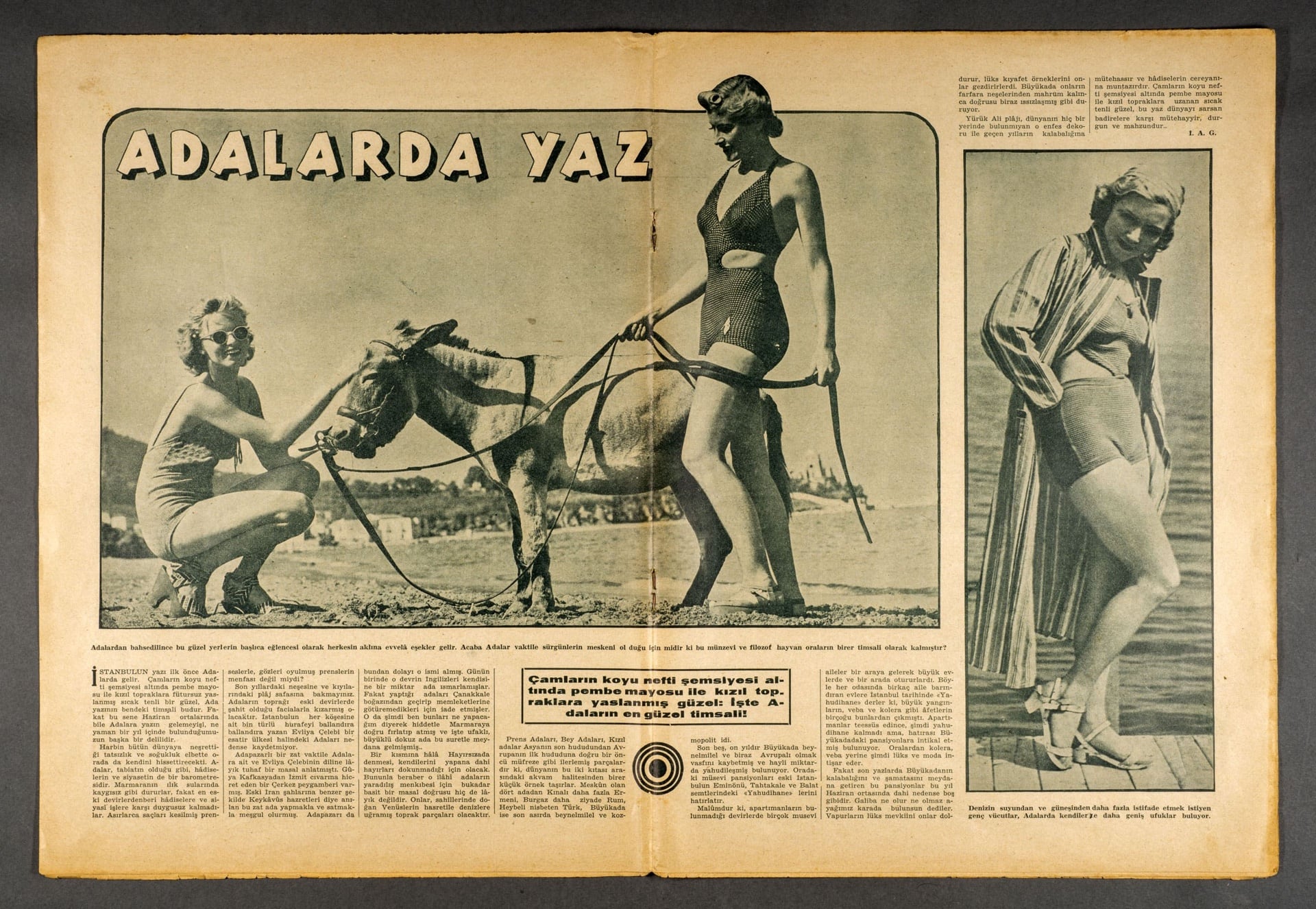Pera Kids
Ages 4-6
After visiting Coffee Break, children examine a selection of plates with human figures from the Kütahya Tiles and Ceramics Collection, illustrated using a book about costumes in 18th-century daily life. The children paste the printouts of different human figures on their cardboard plates and decorate around the figures using materials such as beads of various colors and sizes, mosaic stones, and buttons.
Capacity: 10 people
Duration: 60 minutes
Fee per workshop: 350 TL
The event will take place at the Pera Museum.

Istanbul’s Seaside Leisure: Nostalgia from Sea Baths to Beaches exhibition brought together photographs, magazines, comics, objects, and books from various private and institutional collections, and told a nostalgic story while also addressing the change and socialization of the norms of how Istanbulites used their free time. Istanbul’s Seaside Leisure was a documentary testament of the radical transformations in the Republic’s lifestyle.
Tuesday - Saturday 10:00 - 19:00
Friday 10:00 - 22:00
Sunday 12:00 - 18:00
The museum is closed on Mondays.
On Wednesdays, the students can
visit the museum free of admission.
Full ticket: 300 TL
Discounted: 150 TL
Groups: 200 TL (minimum 10 people)